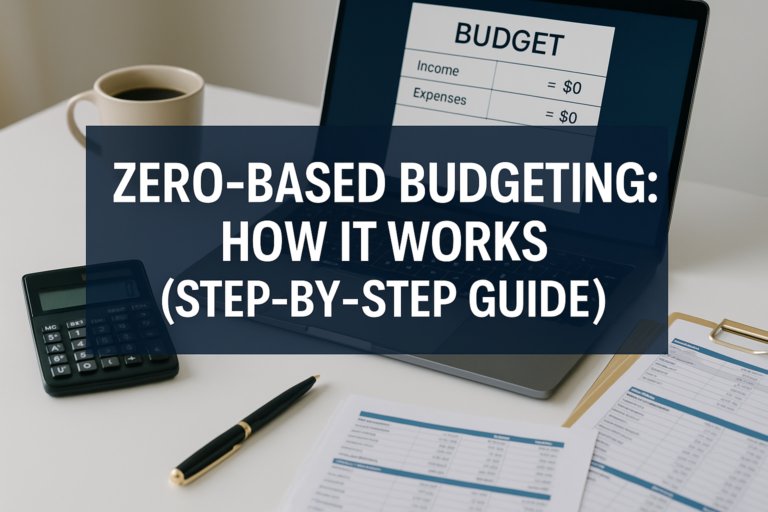Zero-Based Budgeting: How It Works (Step-by-Step Guide)
Every month, millions of Americans wonder where their paycheck went. The money arrives, bills get paid, groceries are purchased, and somehow,…

Every month, millions of Americans wonder where their paycheck went. The money arrives, bills get paid, groceries are purchased, and somehow,…
A single number on your credit card statement can determine whether you build wealth or spiral into debt for decades. That…

When checking your credit card or bank account, you’ll usually see two numbers: the current balance and the available balance. These…

Understanding the difference between statement balance vs current balance is the key to avoiding credit card interest. These two numbers look…

Statement balance is the total amount you owed at the end of your last billing cycle. It includes all posted transactions,…

Picture this: You check your bank account on Monday morning and see $2,000. By Tuesday afternoon, that same account shows $1,750,…

Picture this: You’re standing at checkout, ready to make an important purchase, when your card gets declined. You know you haven’t…

Every financial decision carries a mathematical consequence. When an unexpected $5,000 expense appears, a medical bill, urgent home repair, or business…

A single number on your credit card determines whether you build wealth or damage your financial future, yet most cardholders never…